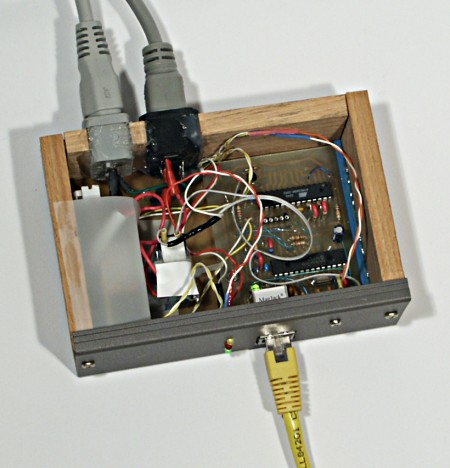
For adding Ethernet all over your houseĪ good mesh-networking kit saves you from needing to run Ethernet cabling through your walls no matter how big or complicated your house is, and it's usually cheaper too. These options are well-reviewed and inexpensive, but they certainly aren’t the only good choices. An eight-port switch should cost no more than $30. A good five-port switch, such as this one from TP-Link-with one port to connect to an Ethernet port on your router, and four to connect to your devices-should cost $20 or less. Simply find a Gigabit Ethernet switch with the number of ports you need from a reputable networking company like D-Link, Netgear, TP-Link, or TrendNet, make sure the owner reviews aren’t awful (both of the models we like have 4.5 stars out of five across hundreds of reviews at this writing), and buy that one. In contrast, the kinds of things that managed switches do-such as monitoring traffic on individual ports or setting up virtual networks (VLANs) using the same switch-are really important only for large corporate networks.īecause unmanaged switches are so simple, models from different manufacturers all perform about the same. Your router continues to handle your Internet connection, letting your devices talk to one another and restricting what certain devices can do through parental controls or other settings-the switch is effectively invisible. That means the switch itself has no settings or special features, and it exists only to add more Ethernet ports to your network. The most common kind of switch, at least for homes and small businesses, is called an unmanaged switch. But a switch is useful if your router doesn’t have enough Ethernet ports (like the Eero mesh router, which has only one port free after you've connected your modem), if you have a lot of wired devices in one place (such as in an entertainment center), if you’re trying to use wires to improve your speeds or cut down on wireless interference, or if you’re installing Ethernet ports in your home’s walls.

Think of it as functioning like a USB hub but for networking.īecause home routers usually come with three or four Ethernet ports built in, and because almost everything on a home network-laptops, phones, game consoles, streaming boxes, and smart-home accessories-uses Wi-Fi anyway, most people don’t need a network switch.


A network switch-not to be confused with a light switch or a Nintendo Switch-is a box that you connect to your home router to gain more Ethernet ports.


 0 kommentar(er)
0 kommentar(er)
